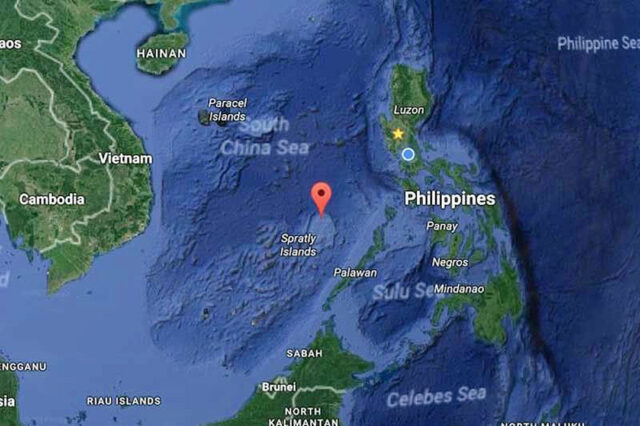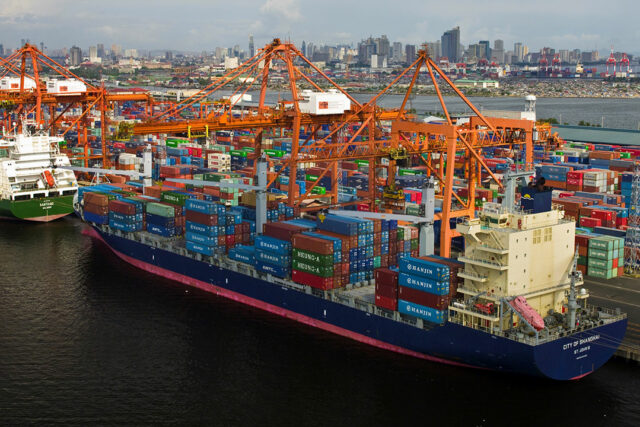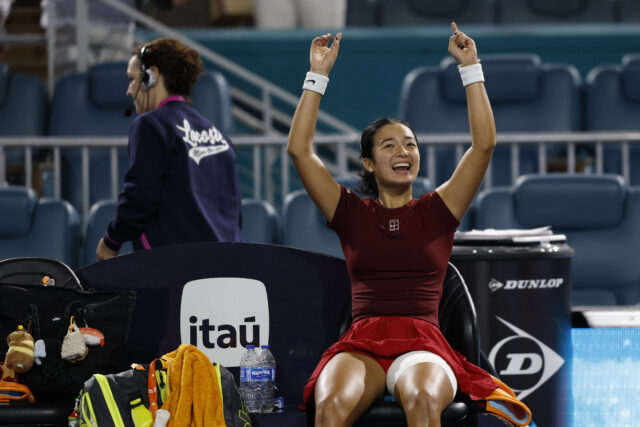The Philippines’ trade-in-goods deficit narrowed in almost four years in February as exports eased while imports declined, the Philippine Statistics Authority (PSA) reported on Friday.
Preliminary data from the PSA showed the country’s trade balance in goods — the difference between the values of exports and imports — reached $3.16 billion from the revised $5.12-billion deficit in January and the $3.56-billion gap a year earlier.
February saw the narrowest trade deficit in 46 months since the $3.09-billion deficit in April 2021.
Export receipts rose for the second straight month by 3.9% to $6.25 billion February from $6.02 billion a year earlier.
However, this pace was slower than revised 6.3% growth in January and the 17.9% surge recorded in February last year.
Meanwhile, imports declined by 1.8% year on year to $9.41 billion in February, reversing the revised 11.2% growth in January and the 6.6% rise in February 2024.
It was the sharpest import fall since the 3.3% drop in November 2024.
Year to date, the trade-in-goods deficit widened by 4.6% to $8.28 billion from the $7.91-billion gap in the January-February period last year.
Outbound sale of goods expanded by 5.1% to $12.62 billion in the first two months of 2025, while imports grew by 4.9% to $20.90 billion.
The Development Budget Coordination Committee (DBCC) projects 6% and 5% growth in exports and imports, respectively, this year.
“Lowered imports may be because, as rate cuts are anticipated, domestic firms may delay their projects and have lesser need to import materials until then,” Rischelle Alysha T. Legaspi, an economist at Oikonomia Advisory and Research, Inc., said in an e-mail.
She added that the growth in exports may be attributed to “other countries stocking up on supply” as US President Donald J. Trump’s reciprocal tariffs looms on the global market.
“I think it’s partly because of geopolitical aspects… what [Mr.] Trump is doing and what he has done,” Sergio R. Ortiz-Luis, president of Philippine Exporters Confederation, Inc., said in a phone interview.
Mr. Trump has recently threatened to further raise tariffs the US has already imposed on the European Union and Canada if these continue their collaboration in countering his trade policies, Reuters reported.
Since taking office at the start of the year, Mr. Trump has slapped a 20% tariff on all Chinese imports and 25% levy on steel and aluminum imports.
Automobiles manufactured outside of the United States may face a 25% tariff if the White House pushes through with this in the upcoming trade policy announcement on April 2.
Since its easing cycle in August, the Bangko Sentral ng Pilipinas (BSP) slashed benchmark rates by a total of 75 basis points (bps) bringing policy rate at 5.75%.
However, in February during its first policy meeting this year, the BSP kept its policy settings, surprising market expectations and at the same time signaled fewer rate cuts this year.
Headline inflation in February decelerated to 2.1%, bringing the average inflation rate in the first two months to 2.5%, within the central bank’s 2-4% target.
Manufactured goods, which made up the bulk of the country’s exports, grew by 3.6% to $5.18 billion in February from $5 billion a year ago.
By commodity group, electronic products, which made up 56.3% of exported manufactured goods, rose by 2.5% year on year to $3.52 billion.
Semiconductors, which accounted for 41% of outgoing electronic products, declined by 4.1% to $2.54 billion.
Exports of other manufactured goods jumped 34.6% to $412.60 million, while machinery and transport equipment rose by 13.9% to $254.62 million in February.
The United States remained the top destination for Philippine-made goods, with exports valued at $986.84 million accounting for 16% of the total.
It was followed by Japan with $984.76 million (15.7% share), Hong Kong with $873.64 million (14%), China with $646.59 million (10.3%), and The Netherlands with $347.70 million (5.6%).
Meanwhile, imports of raw materials and intermediate goods, which accounted for 37.8% of the total imports, rose by 1.7% to $3.56 billion in February from $3.50 billion a year earlier.
Imports of capital goods grew by 1.8% to $2.61 billion, while consumer goods increased by 7.7% to $1.89 billion.
By commodity group, electronic products had the highest import value at $2.11 billion, up 9.8% in February from $1.92 billion a year ago.
Imports of semiconductors, which accounted for the bulk of electronic products, went up by 14.8% to $1.50 billion.
Imports of mineral fuels, lubricants and related materials, on the other hand, declined by 23.2% year on year to $1.32 billion, while transport equipment rose by 12.2% to $914.70 million.
China was the biggest source of imports in February with $2.46 billion worth of goods, accounting for 26.1% of the total import bill.
It was followed by Japan with $841.87 million (8.9% share), Indonesia with $803.17 million (8.5%), South Korea with $671.99 million (7.1%), and the United States with $647.25 million (6.9%).
Both analysts were optimistic in the country’s chances of meeting the government’s growth targets for imports and exports in 2025.
Ms. Legaspi said the country may attain the government’s trade targets this year and that further investments should be made in improving the manufacturing sector.
“Hindrances to these goals, however, would include geopolitical tensions which disrupt supply chains and domestic inflation, which could make us more reliant on imports,” she said.
“We don’t know ’til now what US would do. So, it depends, a big factor is what US is going to do,” Mr. Ortiz-Luis said.
In a research note, Chinabank Research said that external demand may remain subdued moving forward, with risks from elevated uncertainty amid an escalating global trade war and higher US tariffs.
It also added that potential economic slowdown in major trading partners such as the US and China may be a factor.
“This trade gap could widen this year as potential changes in the global trade landscape could hurt export demand,” Chinabank Research added. — M.M.L. Castillo








